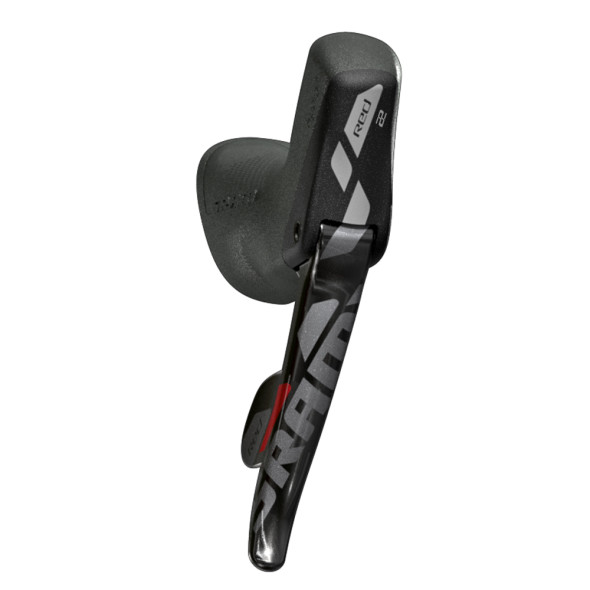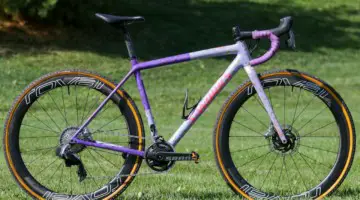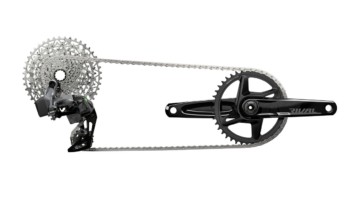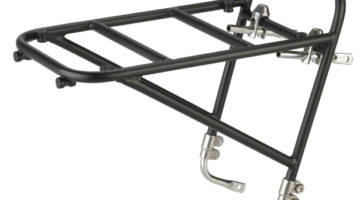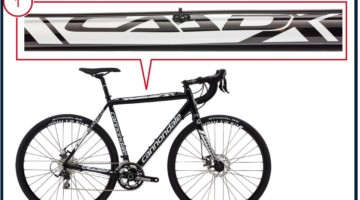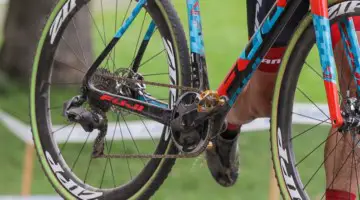Remember that recall of all of SRAM’s hydraulic road brakes? In case you were wondering what exactly happened, and why the brakes can potentially fail, SRAM’s President Stan Day delivered an update describing the problems with the original levers and affirming SRAM’s “second half of” April delivery date of new model year 2015 hydraulic road brakes and levers to the market. He also explains the key mechanical design flaws of the previous system, and highlights features for the new product—they haven’t just made improvements to make them safe, they’ve made second-year product changes, and done a lot more cold weather testing. There’s also a message from Jeremy Powers, Elle Anderson, and Ryan Trebon, all read by the president. More details and the full video from Stan Day below.
What were the exact failures in the SRAM Hydro R hydraulic brake systems seen on RED 22 and S-700 component groups, both in the HRD (Hydraulic Road Disc) and HRR (Hydraulic Road Rim) formats?
Day explains there were “two different mechanical issues” on the hydraulic levers “that enabled the brake to ingest air, lose pressure and fail.” The two issues are described by Day in detail:
“The first mechanical issue was that the cylinder bore was not cylindrical. Our manufacturing process parameters did not adequately control the part fabrication. The result was that there was an oval shape to the bore that was beyond what the seal was capable of handling, especially in the extreme cold, when the seal lost some of its compliance.”
“The second issue is that the system created excessive negative pressure in the brake fluid reservoir. When it is controlled, negative pressure does not affect the brakes. We were not under control. We were operating outside of the seal’s ability to compensate especially in the extreme cold conditions, and the result was, air ingested into the system.”
“These two issues, in combination with normal manufacturing tolerance variation, could also allow failure of the system in warm riding temperatures.”
Day explains SRAM not only addressed the above issues that warranted the recall, but made second model year enhancements in the process. These changes include:
-
- New lever body design with improved ergonomics, shifter cable routing, and sealing, while saving weight
- New bleed port design with “better sealing and an easier user interface”
- New caliper spring to optimize roll back and reduce lever travel
You can be sure SRAM has also upped its testing of the new design, not only with real-world testing but new laboratory tests, including “endurance testing” from -4°F to 115°F. With some recent cold spells hitting the nation recently, you might worry if -4°F is cold enough for the endurance testing, but it’s safe to say that these brakes are not designed for fat bike Arctic adventures, and we might hope that temperatures lower than -4°F would warrant postponing a cyclocross race or road ride.
Stay tuned to Cyclocross Magazine as we aim to keep cyclists informed of the latest on this safety-related matter. Have more questions? Visit the SRAM HydroR recall site here.
Check out the SRAM Road Hydraulic Recall Announcement video here:
[SRAM notes that the first step for those affected is to visit and register on the recall website sramroadhydraulicbrakerecall.com to receive regular updates.]













